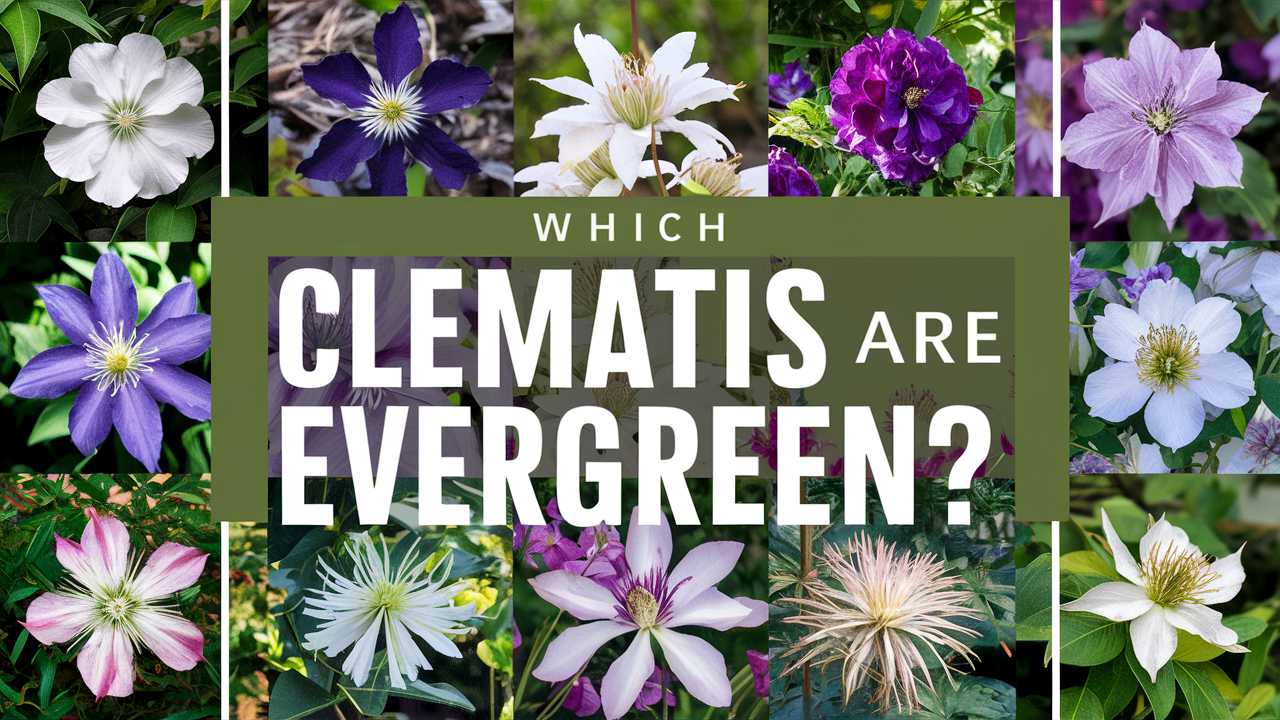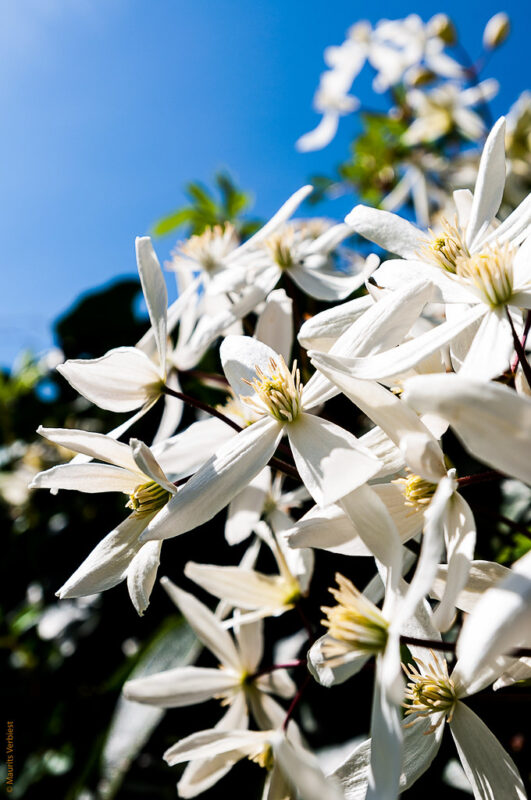In this guide, we will explore the various evergreen clematis species, their unique characteristics, cultural requirements, and why these climbers can be a delightful addition to your garden year-round.
What Makes a Clematis Evergreen?
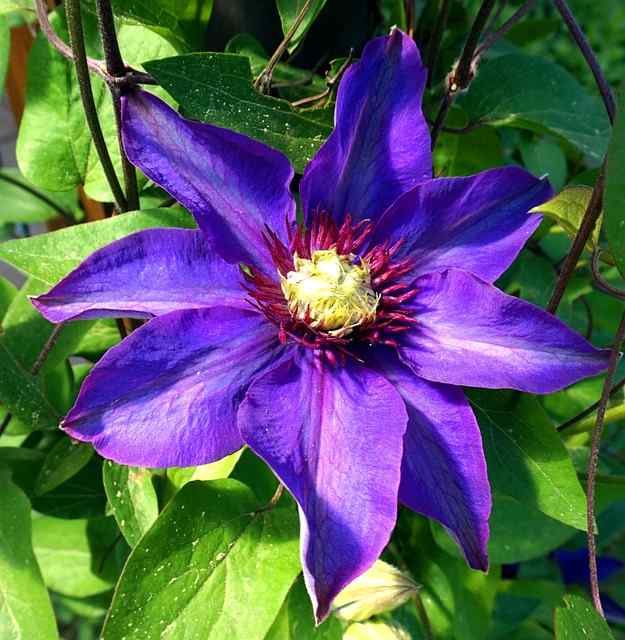
It’s essential to clarify what “evergreen” means in the context of gardening. Evergreen plants retain their foliage throughout the year, as opposed to deciduous plants that lose their leaves in the fall. This characteristic not only provides seasonal interest but also ensures that these plants contribute to the structure of the garden even in the colder months.
Characteristics of Evergreen Clematis
Evergreen clematis varieties typically offer several advantages:
Year-Round Color: Unlike their deciduous counterparts, evergreen clematis maintain their leaves, which can provide a splash of greenery and serve as a backdrop to other flowering plants.
Windbreak and Privacy: The dense foliage of evergreen clematis can act as a natural screen, offering privacy and protection from wind while adding aesthetic value.
Variety in Texture: Evergreen clematis come with different leaf shapes and colors, providing diverse textures that can enhance the visual appeal of your garden landscape.
In terms of care, evergreen clematis varieties tend to require similar conditions to other types, but they’ll thrive even better with attention to their specific needs.
Popular Evergreen Clematis Varieties
The clematis genus includes numerous species, but only a handful are truly evergreen. Let’s explore the most noteworthy varieties that you might consider integrating into your garden.
1. Clematis armandii
Description: Often referred to as the Arctic clematis, Clematis armandii is a climbing plant native to China. It is known for its glossy, dark green leaves that can provide an attractive screen year-round.
Flowers: This variety is celebrated for its fragrant white flowers that bloom in early spring, often before the leaves fully unfurl. The delicate, star-shaped blooms can bring an intoxicating scent to your garden.
Growing Conditions: Clematis armandii prefers well-draining soil and thrives in full sun to partial shade. It is relatively hardy and can withstand temperatures down to USDA Zone 7, making it an excellent choice for many climates.
Care Tips: As a climbing vine, it benefits from a sturdy support structure, such as a trellis or fence. Regular pruning after flowering ensures that the plant remains healthy and blooms profusely the following year.
2. Clematis cirrhosa
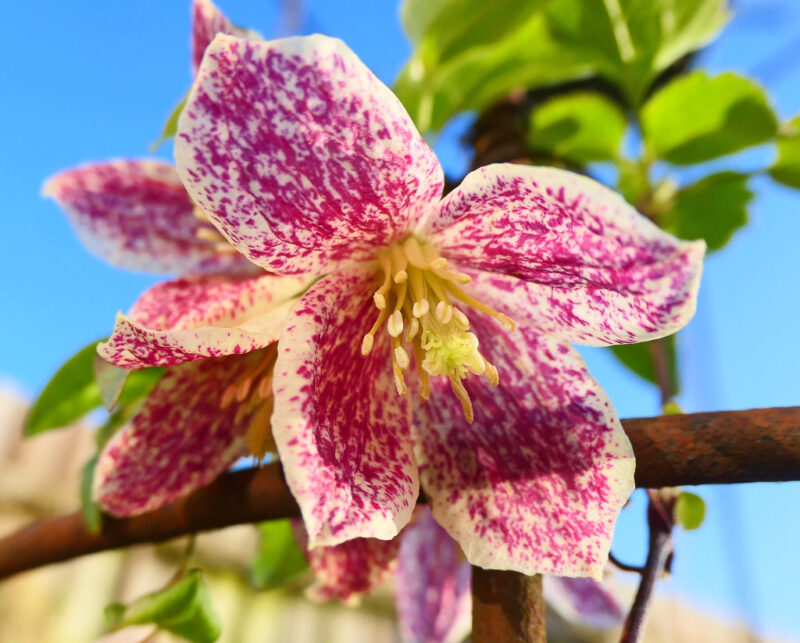
Description: Known for its unique leaf structure and climbing ability, Clematis cirrhosa is a delightful evergreen variety with leathery leaves and beautifully shaped flowers.
Flowers: The flowers are typically bell-shaped, ranging from cream to pale yellow, and bloom in late winter to early spring. Their charming appearance can brighten the garden during often dreary months.
Growing Conditions: This variety thrives in well-drained soil and prefers a sunny location, although it can tolerate some shade. It’s notably hardy, suited for USDA Zones 8 to 10.
Care Tips: Regularly check for pest infestations, as their winter blooms can attract certain insects. Pruning should be light and primarily focused on removing dead or disordered branches.
3. Clematis × durandii
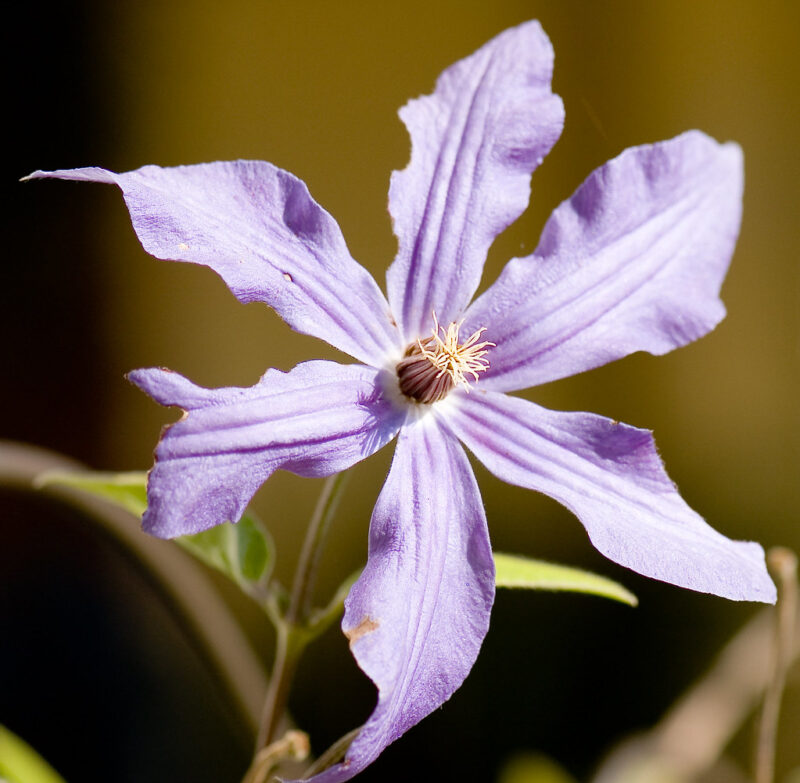
Description: A hybrid that combines the qualities of two species, Clematis × durandii boasts vibrant green foliage and strong growth habits. Its evergreen nature makes it an excellent choice for gardeners looking for consistent coverage.
Flowers: The star-shaped flowers come in a rich blue-to-purple hue and bloom throughout summer, providing a long-lasting splash of color.
Growing Conditions: This clematis type enjoys full sun but also adapts well to partial shade, making it versatile for various garden conditions. It thrives in well-drained, fertile soil and is suitable for USDA Zones 4 to 9.
Care Tips: Regular watering, especially during dry spells, will promote healthy growth and abundant flowering. Light pruning in the winter can help maintain its shape and encourage robust blooms.
4. Clematis tetrapetala
Description: As a lesser-known evergreen clematis, Clematis tetrapetala is valued for its unique appearance. It has distinctive, palmate leaves that can add an unusual texture to your garden.
Flowers: The enchanting white flowers with four petals typically appear in early summer, and they emit a light but sweet fragrance.
Growing Conditions: This clematis thrives in well-drained soil and prefers sun or partial shade. It’s hardy in USDA Zones 6 to 9, making it a sensible choice for various locations.
Care Tips: Encourage a strong climbing structure for this clematis, as its vines are somewhat vigorous. Pruning can be done after flowering to maintain shape without removing too much foliage.
Growing Evergreen Clematis

While the specific requirements may vary among the different varieties of evergreen clematis, there are general cultural practices that will help them thrive regardless of the type you choose.
Site Selection
Choosing the right location in your garden is crucial for the success of your evergreen clematis:
Sunlight: Most varieties prefer full sun or partial shade. Be sure to analyze how much light your garden receives throughout the day before planting.
Support Structure: Ensuring that your clematis has a sturdy structure to climb is vital for its growth. Whether it’s a trellis, an arbor, or a sturdy fence, make sure it is firmly anchored and can support the weight of the plant as it matures.
Soil Preparation
Evergreen clematis thrives in well-drained, rich soil. Here are a few tips for preparing the right soil environment:
Amendments: Mixing organic matter, such as compost or well-rotted manure, into your garden soil can enhance its structure and fertility. Aim for a pH level between 6 to 8, as clematis prefers slightly acidic to neutral soils.
Drainage: If your garden tends to hold water, consider incorporating sand or small gravel to improve drainage and prevent root rot.
Watering
Consistency: Regular watering is essential, especially during dry spells. Aim to keep the soil consistently moist (but not soggy) as this promotes healthy root development.
Technique: Water deeply and less frequently rather than small amounts daily. This encourages deeper root growth and enhances drought resistance.
Fertilizing
Type of Fertilizer: A balanced, slow-release fertilizer applied in early spring can provide the nutrients necessary for robust growth and vibrant blooms.
Timing: Avoid over-fertilizing, as too much nitrogen can promote excessive leaf growth at the expense of flowers. Follow the manufacturer’s instructions for the best results.
Pruning
Pruning evergreen clematis varies based on the specific variety, but here are some general guidelines:
When to Prune: While most flowering should occur in spring or summer, pruning can usually happen in late winter or after blooming has ceased. This ensures you don’t remove potential flower buds.
How to Prune: Aim to remove any dead, damaged, or compromised branches regularly. For more vigorous growers, a seasonal shaping may be necessary to maintain attractive growth.
Evergreen Clematis in Landscape Design
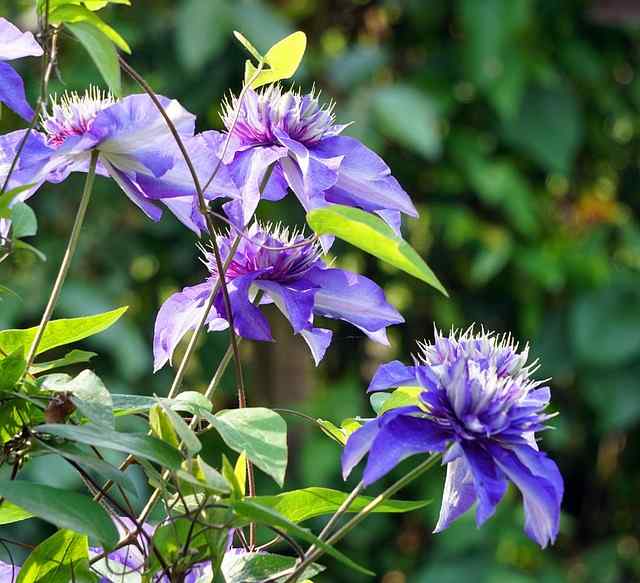
Incorporating evergreen clematis into your landscape can elevate the overall aesthetic, providing beauty not just in spring and summer but throughout the entire year. Here are some creative uses of evergreen clematis in garden design:
Vertical Gardens
Evergreen clematis is perfect for vertical gardens. Imagine a rich wall of lush green leaves adorned with seasonal flowers that envelop a shady patio area. By training the vines upwards against a trellis or wall, you can create a stunning display that draws the eye upward, making the space feel larger.
Garden Screens
Use these climbing plants to create natural privacy screens. Strategic placement near patios or balconies can provide a sense of seclusion without the need for solid fences. Selecting varieties that bloom with attractive flowers can enhance the beauty of your garden while maintaining privacy.
Mixed Planting Schemes
When mixed with other flowering and ornamental plants, evergreen clematis can play a complementary role. Choose companion plants with varying colors and forms to create a dynamic display. For instance, pairing clematis with contrasting foliage or flowering perennials can create beautiful seasonal transitions in your landscaping.
Container Gardening
If space is limited, consider growing evergreen clematis in pots. This approach allows for easy mobility to find the best sunlight or to freshen up your garden layout throughout the year. Ensure the container has adequate drainage and is large enough for the clematis to thrive without becoming root-bound.
Ground Cover
Some clematis varieties, particularly smaller ones, can serve as excellent ground cover. By planting them in beds or borders, they can fill in empty spaces while retaining a green carpet appearance, especially during the winter months.
Challenges and Troubleshooting
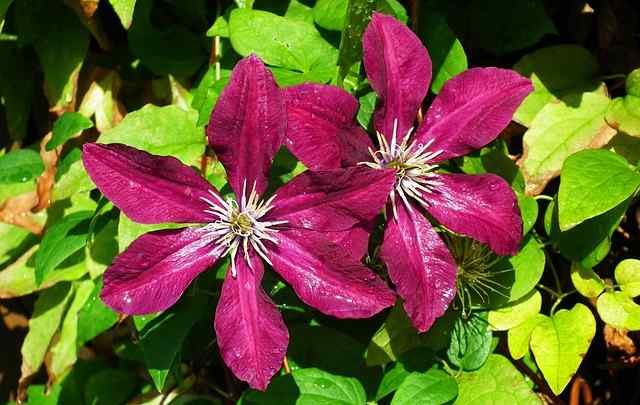
No garden endeavor is without its challenges; even the toughest evergreen clematis can face issues. Here are some common hurdles and tips for overcoming them:
Pests
Common pests affecting clematis include aphids, spider mites, and whiteflies. Monitoring your plants regularly will help catch infestations early.
Prevention: Encourage beneficial insects, such as ladybugs, which feast on aphids. Insecticidal soaps or neem oil can help manage populations without harming beneficial species.
Diseases
Fungal diseases, such as root rot and wilt, are potential threats. Good ventilation and avoiding overhead watering can mitigate these risks:
Good Practices: Make sure to space your plants adequately, allowing air to circulate, and mulch to prevent soil splash during rainfall.
Environmental Stress
Extreme weather conditions can stress evergreen clematis. Provide shade in especially hot climates and ensure that the roots are mulched to keep them cool.
Protection in Winter: In colder regions, consider wrapping the base of your clematis plant or adding mulch to protect roots from freezing temperatures.
Conclusion
Evergreen clematis species provide a fantastic way to maintain visual interest in your garden year-round. With beautiful foliage, stunning blooms, and the ability to create a living tapestry against fences or walls, these plants deserve a prominent place in many landscapes.


